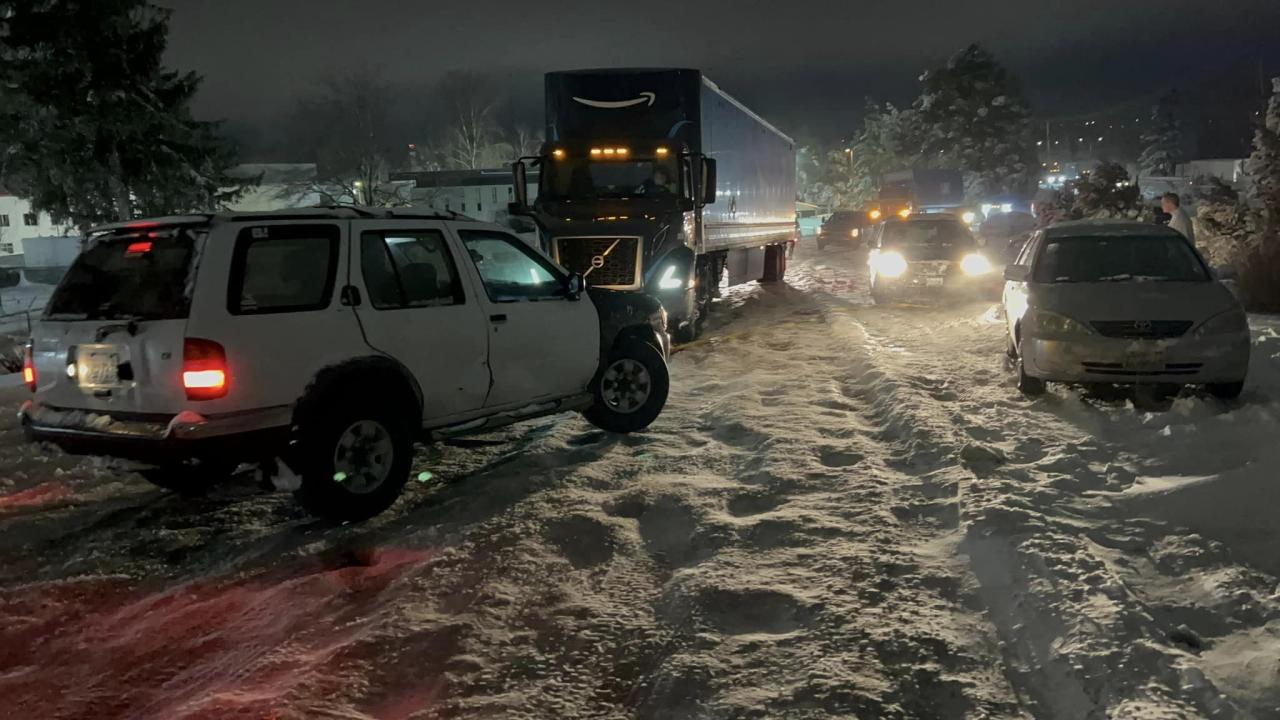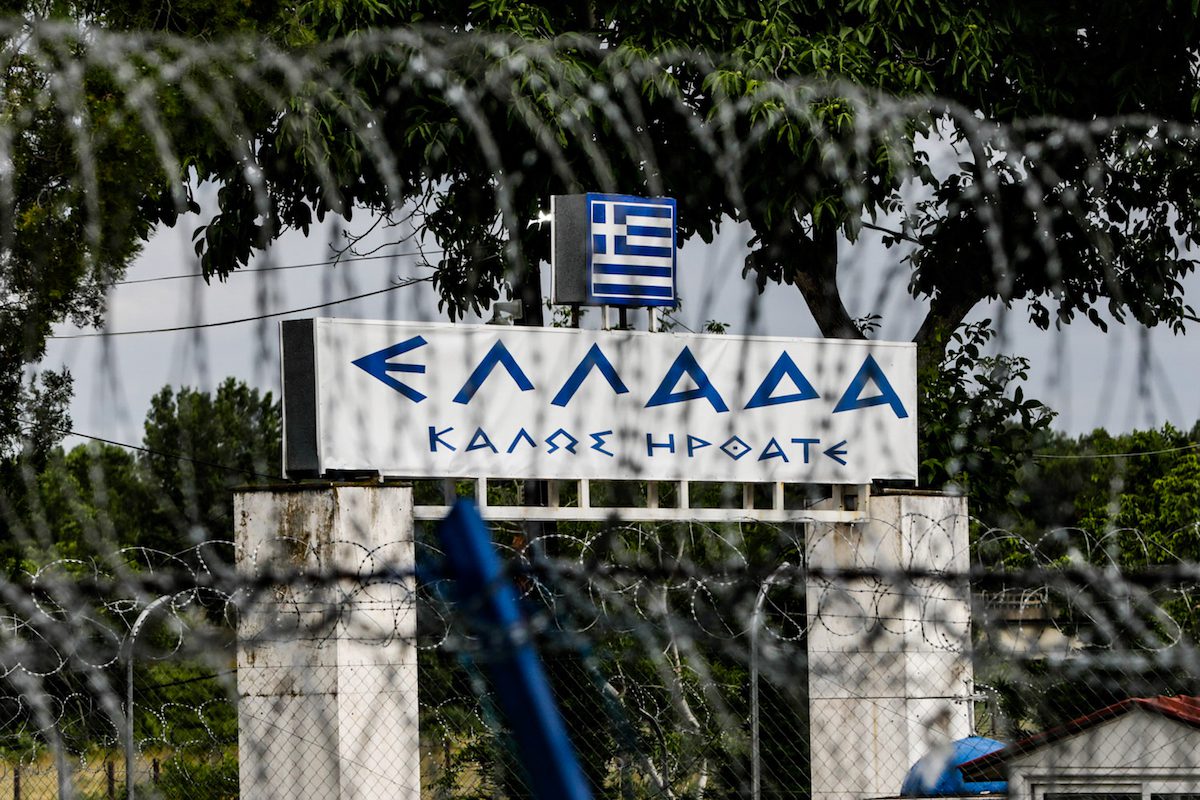Editor’s note: This essay by Jehad Abusalim is an edited excerpt from the book “Gaza as Metaphor,” co-edited by Helga Tawil-Souri and Dina Matar, and published in 2016 by Hurst. The book includes further contributions from Salman Abu Sitta, Mouin Rabbani, Selma Dabbagh, Sara Roy, and Sherene Seikaly, among others.
Jehad’s section is particularly timely to revisit. For a second week in a row, tens of thousands of Palestinians in the Gaza Strip have amassed along the fence between the occupied Palestinian territory and Israel. Senior Israeli officials have declared such an act, to merely approach the barrier, punishable by death. This fence, Jehad argues, is a source of much of the daily cruelties Palestinians must endure. Yet no where in the vast discourse of humanitarian solutions and band-aid development approaches are there firm calls to dismantle it.
Summer days are long, but in Gaza, they are longer than one might think. They get even longer when the electricity and the internet are shut off, which is most of the time. This had been my daytime nightmare ever since Israel imposed its siege on the Gaza Strip in 2007. To escape it, you could read or visit a friend to talk to, but when the weather gets hot and humid, the energy to do any of these activities evaporates. On one such hot and humid day, I went to the roof of my house out of boredom. Although this was not the first time I had looked at the landscape from my family’s rooftop in Deir Al-Balah, some thoughts and reflections made this day unforgettable. I looked east and there were the borders between the Gaza Strip and Israel, and I looked west and there was the sea. From that same spot, both borders were visible, and between them, the familiar scene of innumerable drab houses stretching towards both horizons.
At that moment, I recalled one of the famous common sayings used by Palestinians in Gaza to refer to the Strip: we’re trapped “min al-silik ila al-silik” (from the fence to the fence). This simple phrase sums up Gaza’s current reality: A fenced place, surrounded by dead-ends and, within it, a caged human sea with almost no hope or future. Such thoughts never abandoned me. They chased me most of the time I spent in Gaza, where I observed how the Strip grew ever more overcrowded.

“Gaza as Metaphor,” co-edited by Helga Tawil-Souri and Dina Matar. (Hurst)
“From fence to fence” is a simple enough expression, and yet it reflects the geographic space Palestinians inhabit. For them, “the fence” is the most pernicious manifestation of the Zionist conquest in 1948, and its continuity into the present. The fence is a physical barrier that was imposed by an external force, which divides what the Palestinians in Gaza consider as their historic land, and which prevented them from returning to their original towns and villages. The fence is a constant reminder of the rupture caused by the 1948 War, which pushed many Palestinians out of their towns and villages in what is today the state of Israel. Even when some Gazans refer to the armistice line of 1949, the line that was drawn in the aftermath of the 1948 War, few people refer to it as a border. It is mostly referred to in Arabic as “al-silik” — literally, “the wire,” or “the fence.” In short, for the Palestinians in Gaza, the fence evokes the Nakba, the refugee struggle, and the occupation. The fence, as a physical barrier to refugee return, was the beginning of the tragedy. The fence today is its continuation. And since the fence caused the problem, the solution must include its removal. The fence is the history that Palestinians in Gaza never want to forget, and no amount of aid can induce them to do so.
Understanding the historical context in which the Gaza Strip with its problems and crises emerged is the key to making sense of Gaza’s present reality. The central element of this historical context is the Nakba (catastrophe) of 1948, as this was the moment of spatial and territorial rupture experienced by most of those who became refugees in Gaza. In this sense, the Nakba is not history relegated to the past, but history lived in the present: in the narrow alleys of the crowded refugee camps, in the women who leave their humble houses in the camps every morning to receive their food packages, in the barefoot children who play soccer on Gaza’s beach, and in the lands of depopulated villages just beyond the fence still visible from the rooftops of Gaza’s refugee camps. The Nakba is still present in Gaza, not only by the continuation of the state of refuge, but also by the continuity of the rupture that it caused.
The Gaza Strip was born out of the Nakba. Before 1948, the “Strip” (Qita’ in Arabic) as a geographic unit did not exist. Before 1948, Gaza was a “district,” (Qada‘) an administrative region of Mandate Palestine, as it was during the four centuries of Ottoman rule. By the end of the British Mandate, the 1948 Gaza sub-district’s area was 1196.5 square kilometers [462 square miles], which included three major cities: Gaza, al-Majdal (now Ashkelon), and Khan Younis, in addition to 53 towns and villages. Throughout history, the area of the Gaza district changed in size, but for centuries it had maintained most of the area that was officially part of the Gaza sub-district on the eve of 1948.

A general view of the Israeli crossing Kerem Shalom in the southern Gaza Strip on March 27, 2013. Israel closed the Gaza commercial crossing on Thursday after a rocket was fired at southern Israel and reduced the fishing zone around Gaza from 6 to 3 miles. (Photo: Eyad Al Baba/APA Images)
During the War, Israel occupied areas beyond those allocated to the Jewish majority state according to the 1947 United Nations partition plan. The Israeli forces conquered 78 percent of Mandate Palestine, which included 70 percent of the Gaza sub-district. The remaining 365 square kilometers [141 square miles] of the Gaza district was to come under Egyptian administration, which was the first to use the term “Strip.” According to Ghazi Sourani, the phrase “Gaza Strip” was attached to Gaza by a decree from the Egyptian president Muhammad Najib in 1954 in which he “assigned Amir-Alay Abdullah Refa’at as an administrative governor of the Gaza Strip in its new borders which start from the town of Rafah in the south, to Beit Hanoun in the North.”
By the time the armistice agreement was signed, around 200,000 refugees had already arrived in the Strip and gathered in eight refugee camps. Unlike many of the refugees that fled to neighboring Arab countries, Gaza’s new arrivals were never far from their original homes. Across the armistice lines, they could see their old villages. After the Six-Day War in 1967 and the beginning of Israel’s occupation and military administration, these refugees were allowed to travel into Israel with special permits where they were able to finally see their towns and villages but of course, they were never allowed to return. Some of Gaza’s original residents, many of whom were landlords with several holdings, even continued to hold title to lands beyond the lines of demarcation. Indeed, most of Gaza’s refugees came from peasant societies that had historically worked the land of the Gazan landlords. Since 1948, those same peasants have lived in refugee camps near the old landowning families and clans within what became the Gaza Strip.
In 1950, the Israeli Knesset passed the “Law of Return,” which allows only Jews to “return” to Israel proper, whereas its policy towards the Palestinian refugees who were spirited across the borders and the demarcation line was clear: they shall not return. Around the Gaza Strip the demarcation line become impassable.
The post-Nakba history shows that Palestinian refugees in Gaza resisted the demarcation line. For them, the land beyond the demarcation line was perceived as a lost paradise to which generations of refugees yearned to return. As for the early refugees, it took them time to understand that the demarcation line had become practically impassable. In his book on the history of Gaza, Jean-Pierre Filiu reports a number of attempts by refugees to cross to their towns and villages, including farmers who tried to cultivate their land. Such attempts were brutally confronted by kibbutz residents and Israeli military outposts located near the demarcation line, and led to the deaths of many of those who attempted to cross. During this period, the armistice line began to develop into a frontier of confrontation and resistance, despite its artificial nature. Later on, the demarcation line would take the physical shape of a fence, to be engraved in the Palestinian collective memory and awareness as both a material and a symbolic monument of rupture and territorial and emotional disconnection.
Metaphors such as “from fence to fence” remind Palestinians in Gaza—both as refugees and natives—of their loss, their tragedy, and the abnormality of the fence that divides their land and prevents their return. Not only are these borders artificially drawn and reinforced with the use of brutal force, but they highlight the utter insanity of fencing an entire population in the world’s largest open-air prison simply because of Israel’s need to maintain a Jewish demographic majority. The fact that Gaza’s crisis could be solved tomorrow if the majority-refugee population were granted its right of return is completely ignored by the humanitarian discourse. The tragedy of Gaza needs to be understood through the intensity of loss, especially since in Gaza’s situation, what was lost is only a stone’s throw away for many refugees, who can still see their former towns and villages beyond the fence.
This except was published with permission from Helga Tawil-Souri. A similiar version of the same excerpt was posted online by the Nakba Files on September 22, 2016.
Source Article from http://mondoweiss.net/2018/04/gaza-trapped-fence/
Related posts:
Views: 0
 RSS Feed
RSS Feed

















 April 10th, 2018
April 10th, 2018  Awake Goy
Awake Goy 





 Posted in
Posted in  Tags:
Tags: 
















